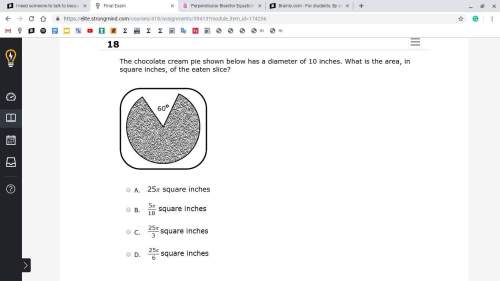
Mathematics, 07.11.2020 01:00 bgallman153p71edg
A quadrilateral has vertices A(4, 5), B(7, 7), C(6, 8), and D(4, 7). The image of the quadrilateral has vertices A"(–6, 0), B"(–9, –2), C"(–8, –3), and D"(–6, –2).
Which transformations may have taken place?
T(–2, 5) ry = x
ry = x T(–2, 5)

Answers: 2


Other questions on the subject: Mathematics


Mathematics, 21.06.2019 18:00, winterblanco
On saturday a souvenir shop had 125 customers. sixty four percent of the costumers paid with a credit card. how many costumers paid with cash?
Answers: 1

Mathematics, 21.06.2019 18:10, lalaokawami0912
Find the smallest number by which the given number should be divided to make a perfect cube(with steps or the answer will get reported) a.108 b.2187
Answers: 1

Mathematics, 21.06.2019 19:00, mcccreamullinsr
How can you tell when x and y are not directly proportional?
Answers: 1
You know the right answer?
A quadrilateral has vertices A(4, 5), B(7, 7), C(6, 8), and D(4, 7). The image of the quadrilateral...
Questions in other subjects:

Mathematics, 01.04.2020 01:28


Physics, 01.04.2020 01:28

Chemistry, 01.04.2020 01:28


History, 01.04.2020 01:28

Health, 01.04.2020 01:28



Mathematics, 01.04.2020 01:28




